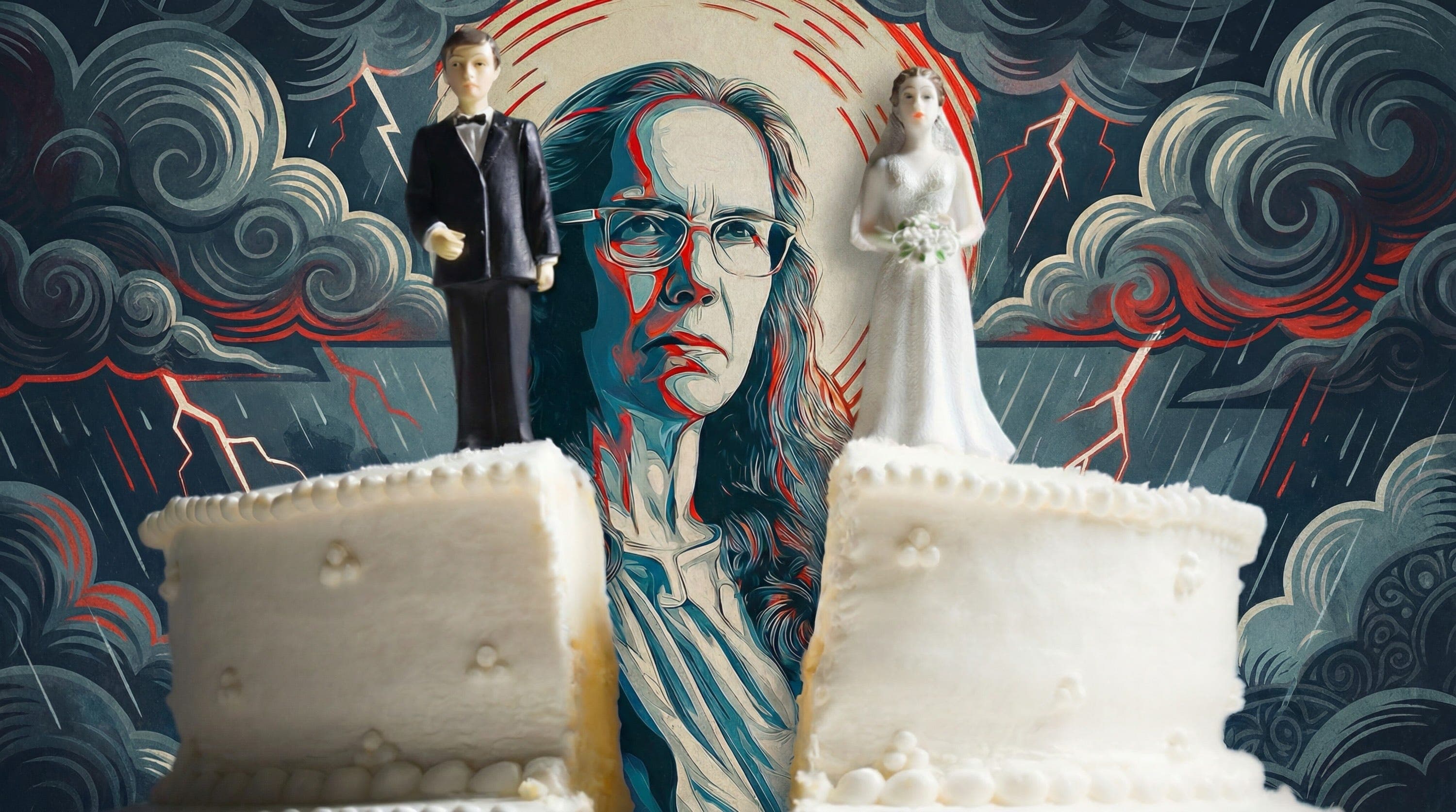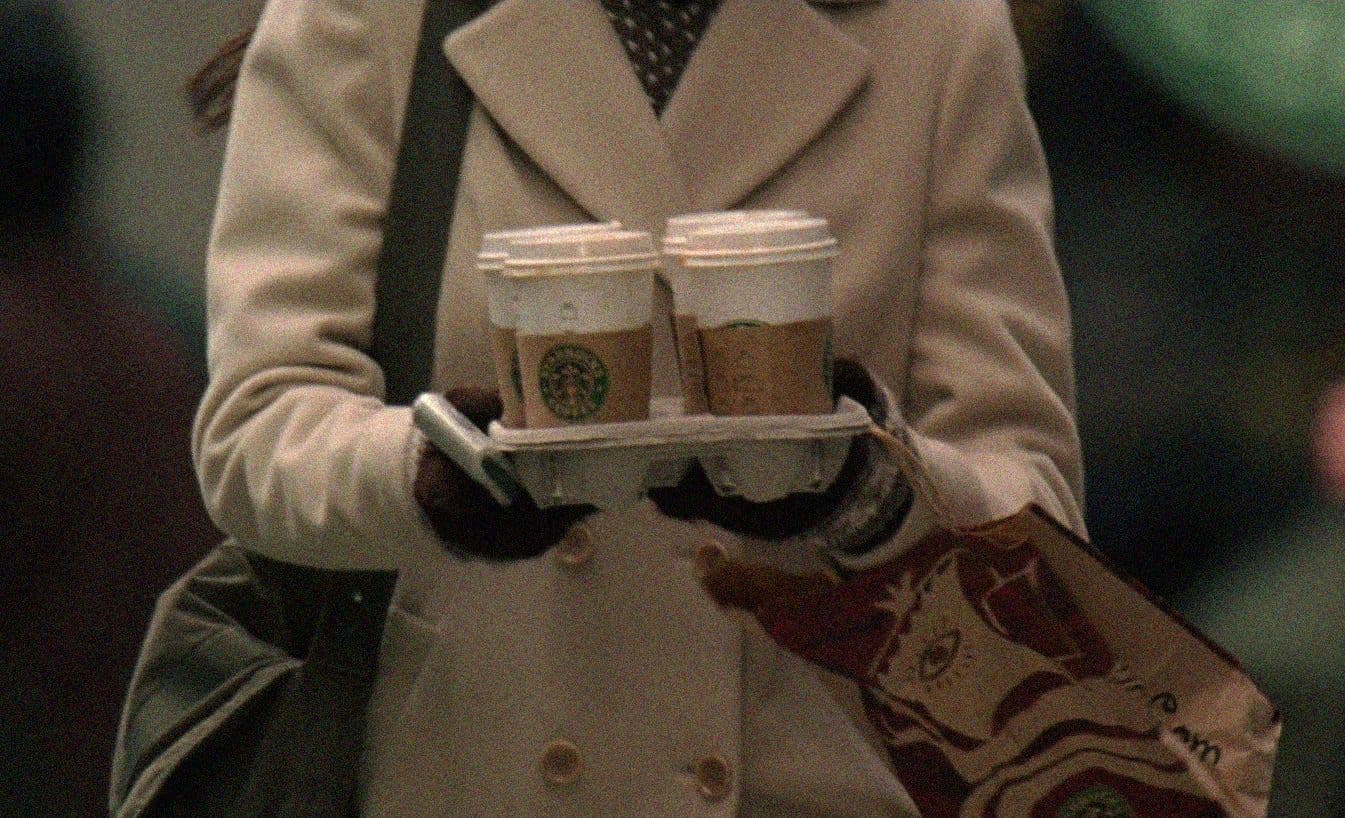
'Heather Cox Richardson Stole My Wife'Dec 10
one man’s account of how the prominent substacker helped radicalize his wife and blow up their marriage
Oct 31, 2023

Author's Note: This story is about the Pumpkin Spice Latte, and how it changed the smell and taste of fall forever. Unlike our friends and colleagues at the Washington Post, who recently published an article titled, “Fall’s Favorite Spice Blend Has a Violent History,” we here at Pirate Wires think atrocities committed by the Dutch East India Company 400 years ago are pretty irrelevant to the origins of America’s contemporary pumpkin spice craze. While all of us in the United States bear the ancestral burden of America’s original sin — 17th century Dutch Imperialism in Indonesia — we just weren’t able to establish a connection between the battle of the Banda Islands in 1621 and this particular seasonal product. With this caveat in mind, please enjoy the article.
I lit a pumpkin spice scented candle to help me write this. It’s not helping, really, because it's a cheap one from Walmart that keeps burning out. I’m not sure why. Maybe something to do with the wicks? In any case, in the few moments between the minute I light the candle and the minute it mysteriously extinguishes itself, my house smells wonderful. I feel safe and warm. It’s impossible to imagine anything bad happening when you’re smelling pumpkin spice. Take my three primary recurring fears: being murdered, being eaten alive by rats, and having a late-in-life schizophrenic break. It’s inconceivable that any of these things would happen to me when a delicate mix of sweet and spice is coursing through my nostrils. It would just be too weird.